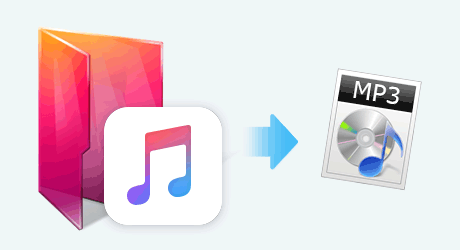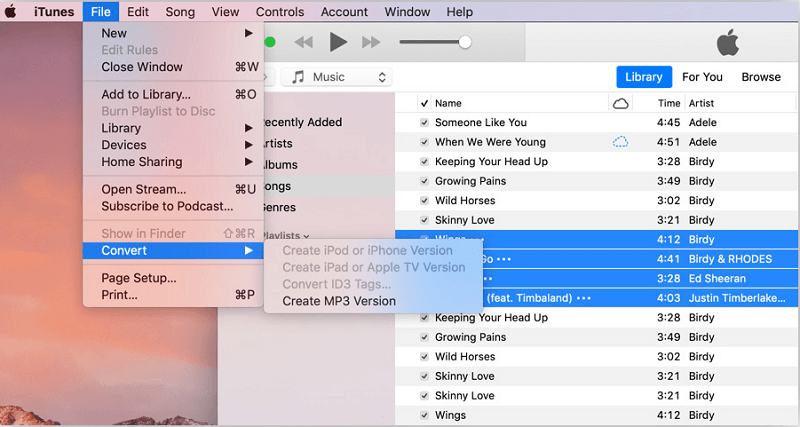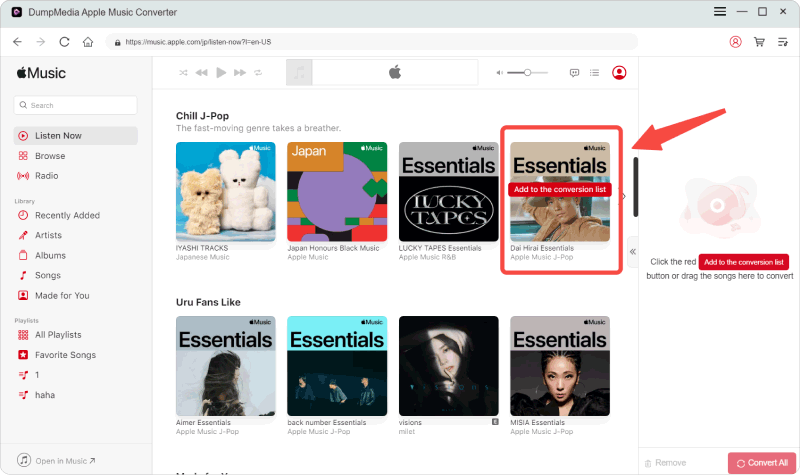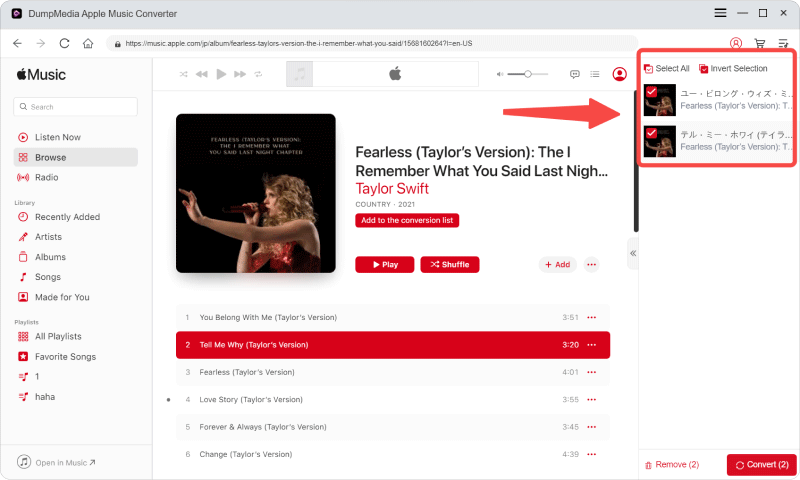
It's been quite a while since people started to convert iTunes to MP3. This is not a new concept for many who want to use their gadgets to play iTunes or Apple Music songs. These example gadgets are old and new MP3 players. In the old days, MP3 players were so popular.
They were also miniaturized so you can play them in your pocket without being so bulky. It is this form factor that leads many to convert iTunes to MP3. As an MP3 player's electronics is simpler than iPhones and Androids, this miniaturization is highly possible.
In this article, I will introduce three ways to help you convert your iTunes tracks to MP3. But first, let’s take a look at why you need to convert songs to MP3.
Contents Guide Part 1. Can I Convert iTunes to MP3?Part 2. How to Convert Songs to MP3 with iTunes App or Apple Music?Part 3. How to Convert iTunes to MP3 Without iTunes App?Part 4. Summary
To answer this question, you should know iTunes DRM, AAC, and MP3 first. In conclusion, they are all related to digital music files and playback, but they serve different purposes and have different features. Let's break down each of them:
1. iTunes DRM (Digital Rights Management):
iTunes DRM is a method used by Apple to protect digital content, including music, against unauthorized copying and distribution. This protection scheme limits the number of devices on which the music can be played, as well as the number of times it can be copied. This means that music purchased from the iTunes Store with DRM cannot be freely shared or played on unauthorized devices.
2. AAC (Advanced Audio Coding):
AAC is a data compression format developed by MPEG-4. It is known for its high audio quality at relatively low bitrates, making it a popular choice for digital music distribution. AAC is more efficient than MP3, providing better sound quality at similar bitrates or similar sound quality at lower bitrates. It is the default encoding method for music purchased from the iTunes Store, offering a good balance between file size and audio quality.
3. MP3 (MPEG Audio Layer III):
MP3 is a common audio compression format used for storing music in digital form. It uses lossy compression, meaning that it achieves smaller file sizes by discarding some audio information. While MP3 was widely popular in the past, AAC has generally replaced it due to offering better sound quality and efficiency at similar bitrates.
In summary, iTunes DRM is a copyright protection method used by Apple, while AAC and MP3 are audio file formats. AAC provides better audio quality and efficiency compared to MP3, and it is the default format for music purchased from the iTunes Store. If you want to convert iTunes to MP3, you need to solve the DRM encryption.
Converting iTunes to MP3 can become a fun process especially if you know you're going to enjoy bringing your iTunes or Apple Music songs along with your MP3 player. The task is not trivial though if you're not used to it.

For this reason, we'll lay down the steps clearly for you. You'll just need the official tools from Apple, namely, iTunes for PC or Apple Music in a Mac. So here are the steps to import your songs to MP3 using iTunes or Apple Music:

Once you've converted them, you'll find out you cannot convert A LOT of songs! This is due to DRM copyright protection. DRM stands for Digital Rights Management and this process is being used by Apple to limit access to their songs. Unfortunately, this can become a hindrance for the user. Due to this, in the next section, we'll teach you a more versatile way to convert iTunes to MP3.
Converting iTunes to MP3 is no fun if you can't convert those protected files. As you'll notice most of your offline content from Apple Music is copy-protected. You can't blame Apple though because they are protecting their songs from music pirates.
However, your intention is only to transfer these songs to an MP3 player that you can bring along when you're jogging. So how to do it? We'll suggest a versatile third-party tool which is the DumpMedia Apple Music Converter. This tool works along with iTunes to be able to copy them on the fly while conversion.
To start using DumpMedia Apple Music Converter download a free trial for a PC or Mac today. Follow the links below: Here are the steps to convert iTunes to MP3 using DumpMedia Apple Music Converter:


It's that easy! All that is left is for you to convert Apple Music to MP3 and then transfer them to your favorite MP3 Player. Plug in your MP3 player using a USB cable, so it shows as a media device on your PC. Next, drag and drop those converted songs from DumpMedia’s output window into your MP3 player. You're now ready to jog with your favorite iTunes songs!
DumpMedia Apple Music Converter is always being updated so don't worry. It won't be abandoned like those other free Apple Music Converters.
In summary, we've just taught you the ways how you can convert iTunes to MP3. It's really simple. You can use the standard and the non-standard way. The standard way is by using iTunes' or Apple Music's built-in converter function. It can convert M4A into different formats such as MP3. On second thought, you cannot convert protected music using the standard way.
So now we taught you a smart way to convert iTunes to MP3. This is through a versatile tool, the DumpMedia Apple Music Converter. Through this, you can convert your iTunes music and at the same time remove DRM, which is what iTunes or Apple Music cannot do. When all is done you'll be able to transfer your Apple music to your favorite MP3 player. You can now jog comfortably with your beloved gadget along with your friends!
So, get a trial copy of DumpMedia Apple Music Converter now. If you decide to want the full version, purchase a time-limited or perpetual license key to activate it. You won't regret what this versatile tool can offer you. You also get the privilege of timely customer support and a 30-day money-back guarantee if you encounter any issues.
